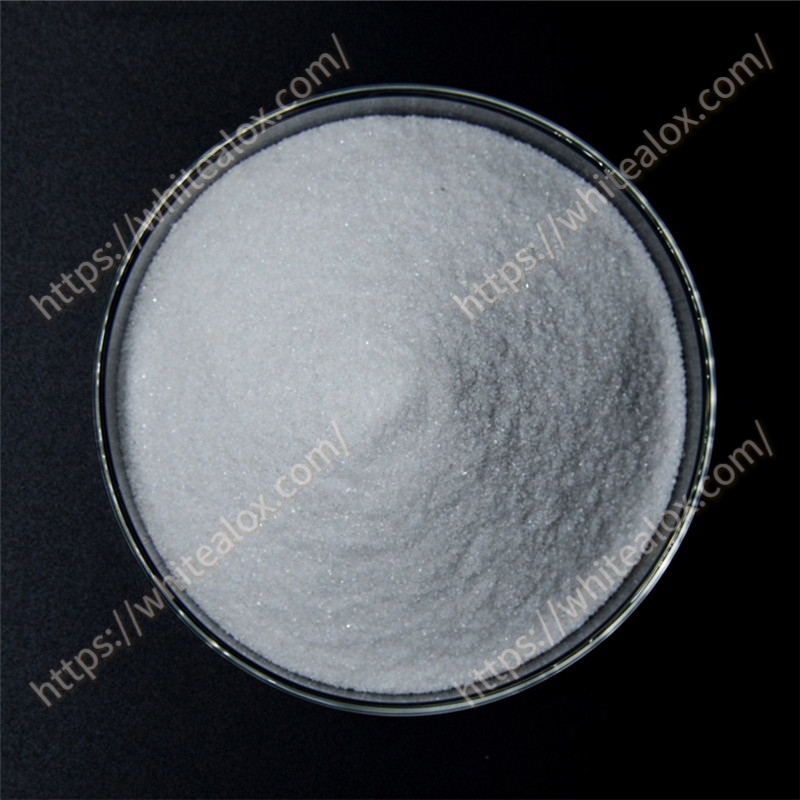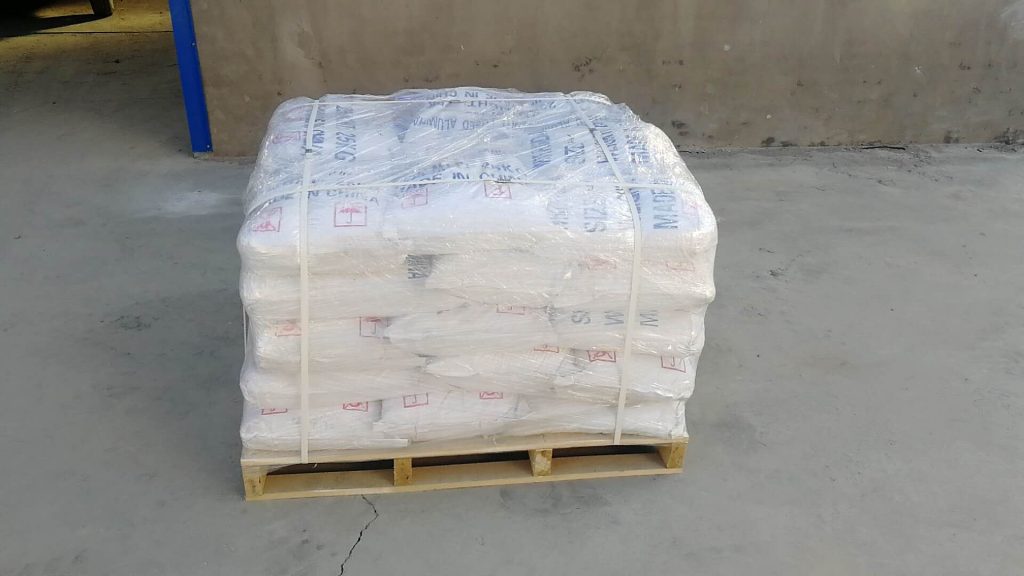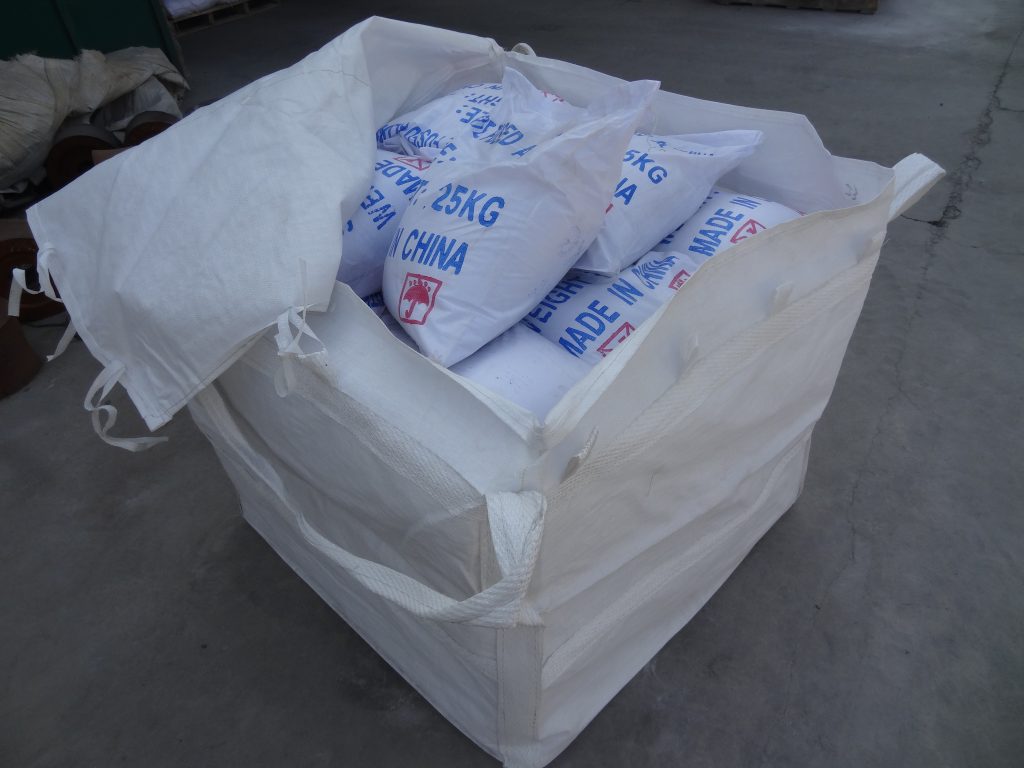Using white aluminum oxide (white fused alumina) for dental polishing is a highly specialized and critical application. It is one of the most common and important abrasives in dentistry due to its exceptional properties.
Here’s a detailed breakdown of its use in this field:
Why White Aluminum Oxide is Ideal for Dental Polishing
The requirements for dental polishing are extreme: it must be effective, precise, non-toxic, and produce a supremely smooth, non-abrasive surface. White aluminum oxide meets these demands perfectly:
High Hardness (Mohs 9): Hard enough to effectively abrade dental materials, including composites, ceramics (porcelain), acrylics (dentures), and even enamel and amalgam, but controllable to avoid excessive removal.
Exceptional Purity (>99% Al₂O₃): This is its most critical advantage for medical use. The high purity ensures it is chemically inert and non-toxic. It will not react with oral tissues or the restoration materials, preventing irritation, discoloration, or corrosion.
Sharp, Angular Particles: The particles fracture to form sharp edges, allowing for efficient cutting and a fine finish. This allows manufacturers to precisely grade the particles by size for predictable polishing steps.
White Color: This is neutral and will not stain or discolor the typically light-colored dental restorations (unlike some brown or pink abrasives that might leave a tint).
| Physical Properties | |
| Hardness: micro | 21600-22600kg/mm3 |
| Hardness: Mohs | 9.0 min |
| Specific Gravity | 3.95-3.97g/cm3 |
| Bulk Density | 1.65-2.05g/cm3 |
| Particle Shape | Blocky, Sharp |
| Color | white |
| Chemical compositions | |
| Al2O3 | 99.40min |
| SiO2 | 0.15max |
| Na2O | 0.28max |
| Fe2O3 | 0.06max |
| CaO | 0.03max |
Common Forms in Dentistry
White aluminum oxide is rarely used alone; it is incorporated into various delivery systems:
Prophy Paste (Prophylaxis Paste):
This is the most well-known form. It’s the gritty paste used during a routine dental cleaning.
The white aluminum oxide micro-powder is suspended in a water-soluble, flavored gel or paste (often containing fluoride, humectants, and flavoring).
It is applied with a rubber cup attached to a slow-speed handpiece to polish tooth enamel after a scaling (cleaning) to remove stain and create a smooth, plaque-resistant surface.
Polishing Slurries and Pastes for Lab and Clinic:
Finer grades are used as a slurry with water or a specialized lubricant for polishing ceramic crowns, bridges, and composite restorations in the dental lab and at the chairside.
They are often used with felt wheels, bristle brushes, or foam points on a rotary handpiece.
Microetchant (Air-Abrasion):
- A stream of fine white aluminum oxide powder is propelled by compressed air onto a surface.
- Pre-treatment: Microscopically roughening the inside of a crown or the surface of a tooth to create a better bond for cement.
- Cleaning: Removing surface contaminants from restorations.
- Minimal Cavity Preparation: In some conservative techniques.



